The Zombie Life of Venezuelan Museums
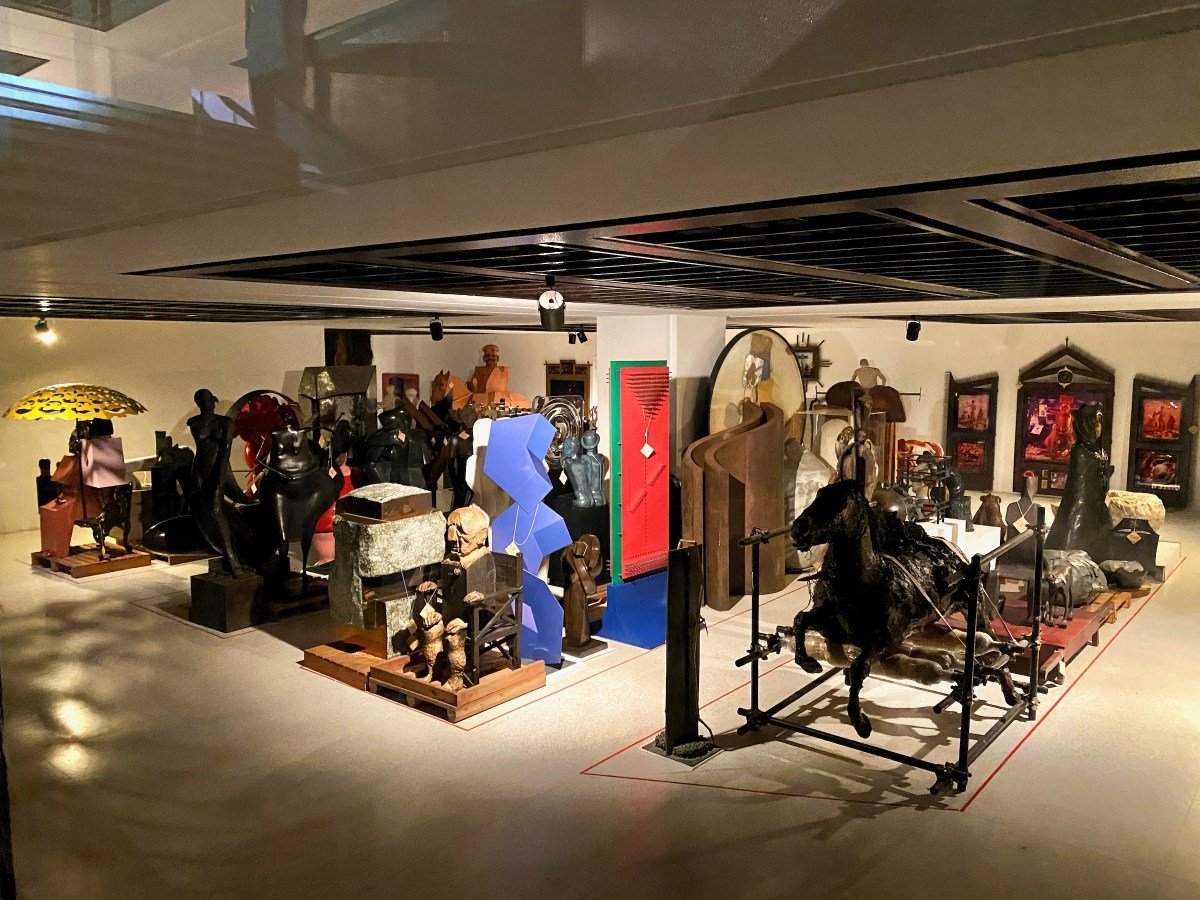
Originally published by hyperallergic and written by CIMAM member Gabriela Rangel, January 31, 2022.
The last time I went to a Venezuelan museum was over five years ago when I visited the Caracas Museum of Contemporary Art, whose logo was conceived by designer Nedo Mion Ferrario and whose gift shops featured silk wrapping paper and bags stamped with an image of Gego’s “Reticulárea” (1969). Now that it has circulated on social media that the Caracas Museum of Contemporary Art ceased operations on Sunday, December 12, 2021, I felt compelled discuss the process of how the museum has spiraled down to this dire conclusion after once being considered an effectual model for museum practices in Latin America. After the viral repercussion of this dreadful news, the Venezuelan Minister of Culture Ernesto Villegas announced that one of the museum’s galleries remains open, and the government has signed a cooperation agreement with an international biennial.
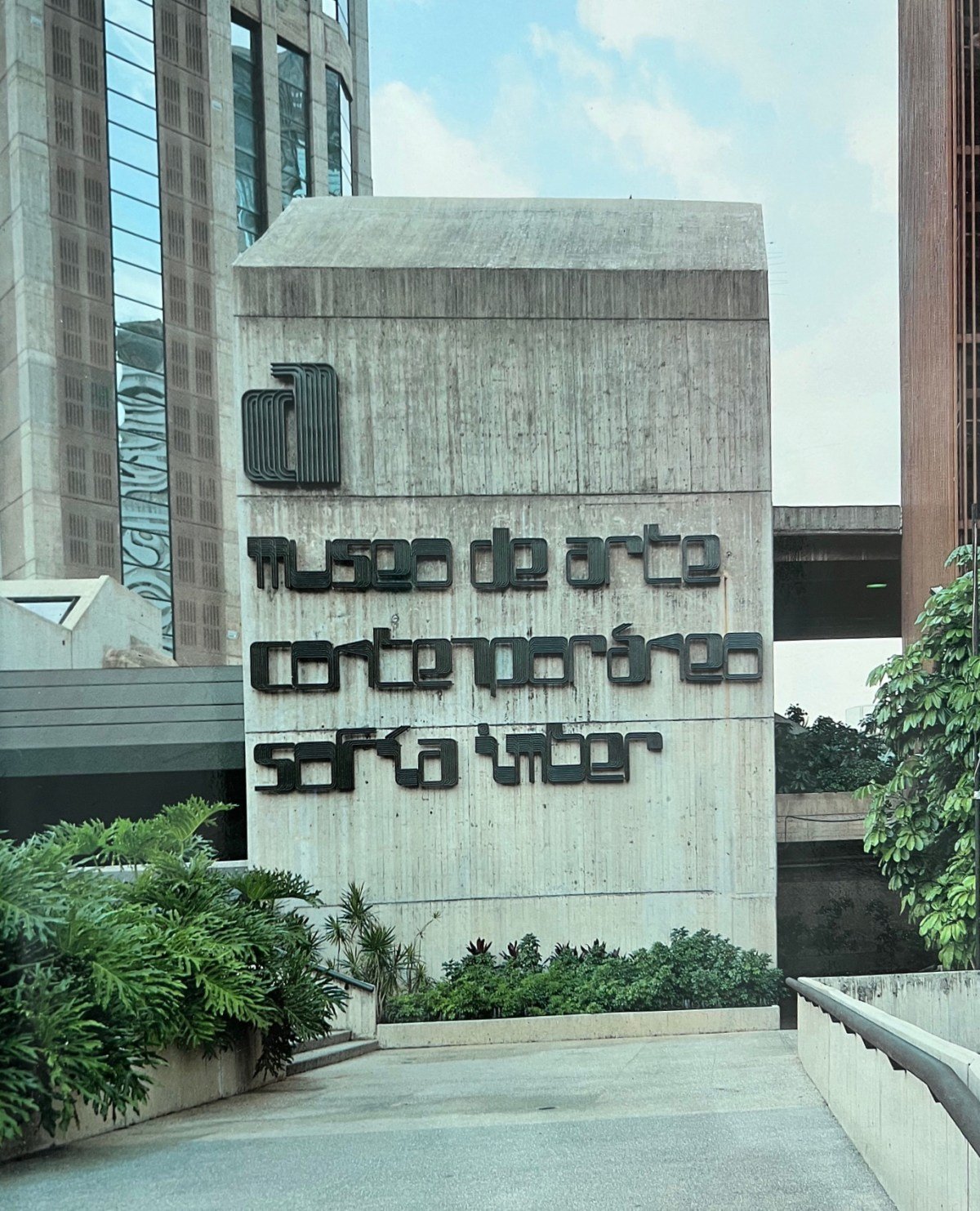
Let me digress: Gertrude Goldschmidt, better known as Gego, the German-Jewish artist who emigrated to Venezuela and became a citizen, had her first retrospective in 1977 at the then recently created Caracas Museum of Contemporary Art which Sofía Imber led with an iron fist for nearly 30 years. In 1987, Robert Rauschenberg presented the Rauschenberg Overseas Cultural Interchange (ROCI) project at said museum; according to the archive of the artist, its excellent technical infrastructure and professional standards madeitone of the few institutions in Latin American fit to show his work. Alexander Apóstol, a Venezuelan self-exiled artist living in Spain for over two decades, presented there his first and pioneering solo exhibition about queersexuality and the catastrophic consequences of the AIDS epidemic. It was “el Contemporáneo” that organized the retrospective of Marisol’s work, an artist who developed her career practically outside of Venezuela, as was the case for Roberto Matta in Chile and Wifredo Lam in Cuba. The Venezuelan museum acquired as many pieces by Gego as by Marisol, works that have since been exhibited in its permanent collection galleries as well as in institutions around the world (the Museum of Modern Art, Tate, the Metropolitan Museum of Art). Both artists will be included in forthcoming solo shows at the Albright Knox Art Center and the Guggenheim Museum.
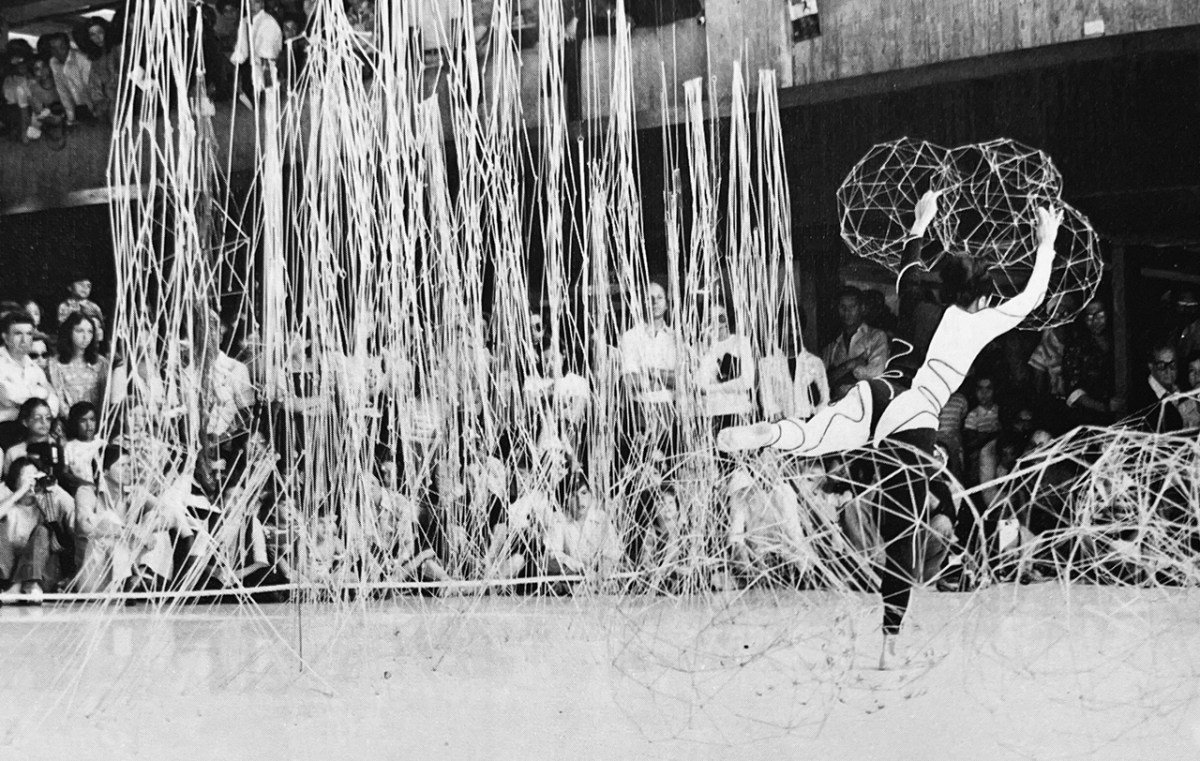
The motive for my visit to the Caracas Museum of Contemporary Art five years ago (in addition to revisiting the works that formed my career as an art curator) was to update the old notes that I wrote in 2012 for a conference for the International Committee for Museums and Collections of Modern Art (CIMAM) on the state of Venezuelan museums, as there were already international reports of its rapid decline. As I began my walkthrough of the gallery where Pablo Picasso’s “Suite Vollard” (1930-1937) was typically installed (and still was at that time), I noticed the space was poorly lit because most of the lightbulbs had burned out. The gallery attendants told me there was no way to replace the bulbs because they were “imported” and there was no money to purchase them. In a different room, the air conditioning was also broken, and a leak dripped onto the floor in a corner near a work by the Cuban artist Ana Mendieta. From the auditorium, I could hear the voices of a crowd singing karaoke. Curiously, the auditorium was the only place where one could observe a high concentration of visitors. The rest of the museum looked like the faded ruins of a gilded era, run down and grandiloquent, punctuated by a few residual elements of museum protocol, such as wall texts written with a blatant ideological bent. I recently heard a Venezuelan scholar based in New York describing the recurring floods in the parking lot of the Parque Central building complex that houses the Caracas Museum of Contemporary Art. It is said that an Amazonian anaconda made its home there.
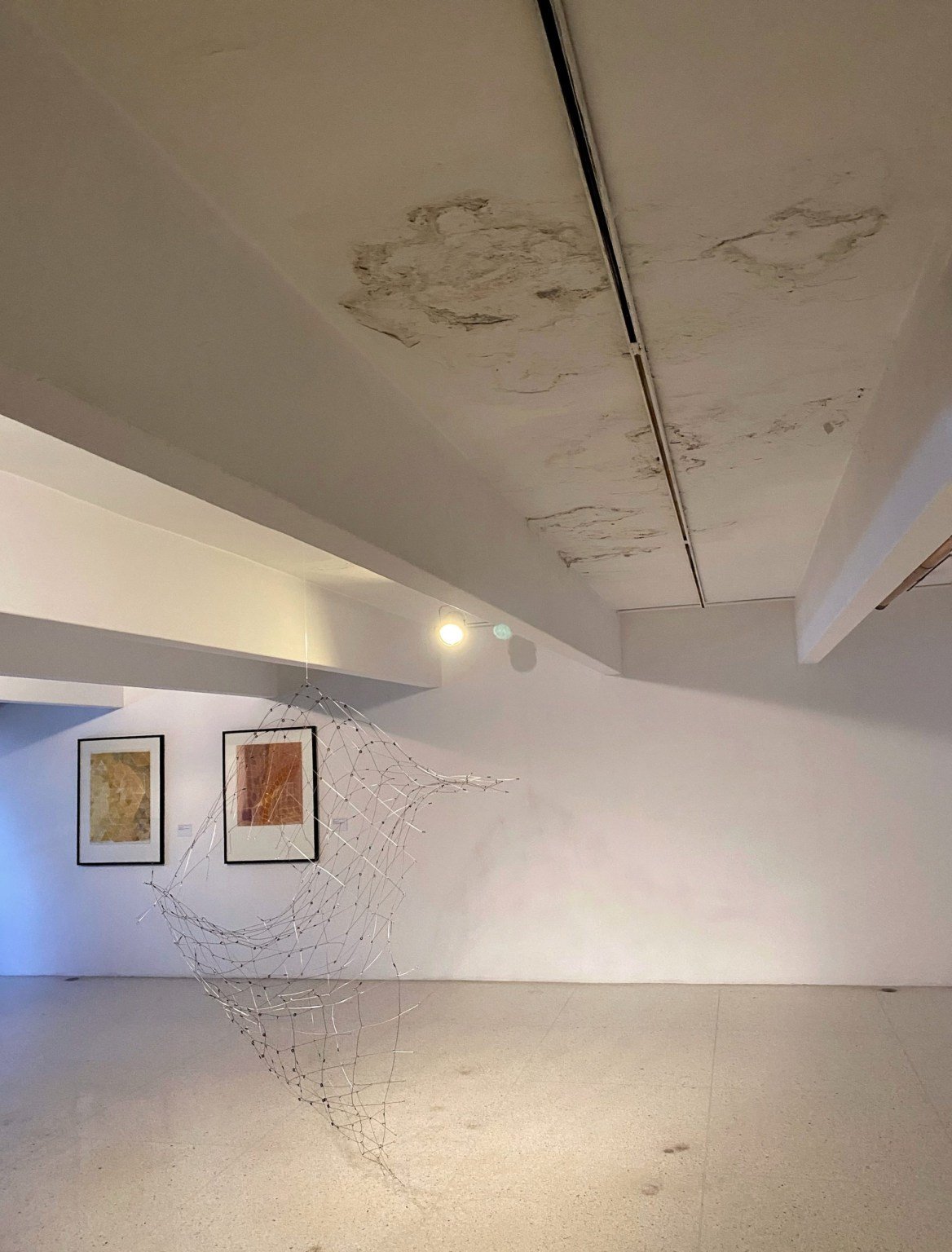
Over a decade ago, by decree of the former Minister of Culture Farruco Sexto, the collections of Venezuela’s national museums were merged with no regard to the specific focus or mission of each institution. The authorities also decided to dispense with the roles of curators and specialists, a move that was debated at length in the local press. From that moment on, the Museum of Contemporary Art could, in theory, exhibit the collections of the Museum of Natural Science, geographically located in a nearby enclave. Such an administrative decision could have constituted a progressive and even radical curatorial gesture if we were to apply a certain kind of decolonial logic. This could only be the case in a hypothetical scenario where Venezuelan museums fused their public collections to cast a critical perspective upon the Western canon and rethink it through the exhibition practices of a more inclusive and complex world, a world whose modernities have become localized, extolling the regional as well as the symbolic production of minorities ignored by the White, European, North American patriarchy. But the museological script I observed at el Contemporáneo and in the new headquarters of the Galería de Arte Nacional assumed a conservative, linear, and chronological interpretation, with ideologically biased readings of the works on view.
Added to this confusing panorama is another, more recent situation, which I came across thanks to my collaboration on the exhibition Contesting Modernity: Informalism in Venezuela 1955-1975 at the Museum of Fine Arts, Houston. A significant number of artworks from Venezuela’s national museums were requested for the show. But at the last minute prior to the opening, its curators Mari Carmen Ramírez and Tahía Rivero were forced to rearrange the works on the walls to fill the empty spaces left behind by the paintings and sculptures that never made it to the Texan institution. This show, focused on practices of the 1960s and ‘70s, was conceived with a critical eye toward the visual culture of petro-modernity, and may be the only major exhibition of Venezuelan art that has been presented in the last 10 years outside the country (and, I dare say, inside it). I wonder about the current situation at the Galería de Arte Nacional; the Museo de Bellas Artes; Museo Alejandro Otero; Museo de la Estampa y del Diseño Carlos Cruz Diez; Museo de Arte Popular, Museo de los Niños; Museo Arturo Michelena; Museo de Ciencias Naturales; and Museo del Oeste Jacobo Borges, among other art institutions located in the greater Caracas area. It is also difficult to picture the fate of museums in the rest of the nation, in cities such as Ciudad Bolívar, Mérida, Maracay, Maracaibo, and Pampatar. Have these institutions acquired any works by Venezuelan artists produced after 2000? How many Venezuelan artists have fled the country? How many Venezuelan curators and scholars live abroad and hold positions in museums in the United States or wherever they have been taken in? Which contemporary Venezuelan artists have had exhibitions in the country and how many publications about their work have been printed?
The answer evokes a crepuscular verse by Kafka: “You are forever speaking of death, and not dying.” But the swan song of Venezuelan museums has a presence which is a discrete and modest counterpart to the absence of public spaces dedicated to the visual arts. The audience, and what’s left of the educated middle class still wading in a few puddles of oil, stopped visiting museums, relocating the ritual of visiting the muses to spaces situated in a few residential shopping malls — where art exhibitions have mutated to the kunsthalle model or exist as temporary shows held by commercial galleries. These spaces are not easily accessible. Notably, the galleries have resisted the onslaught of crypto currency, the scourges of devaluation and unemployment, the dollarization of the economy, and growing state violence, isolation, and crime — the gross byproducts of the clash of poverty, corruption, and a pandemic that is devastating the most precarious corners of the world.
Nor do Venezuela’s remaining national museums, administered by a regime that claims to serve the populace, summon the once admirable number of elementary, secondary, and higher education school groups for tours that I witnessed when I worked at one of them. Massive dropout school rates, COVID-19, and the Bolivarian military regime’s disinterest in a pedagogy of art and culture have expelled children and youth from the arts. The same is true of Venezuela’s public universities, which have become zombie entities deprived of budgets and, properly speaking, of intellectual life.
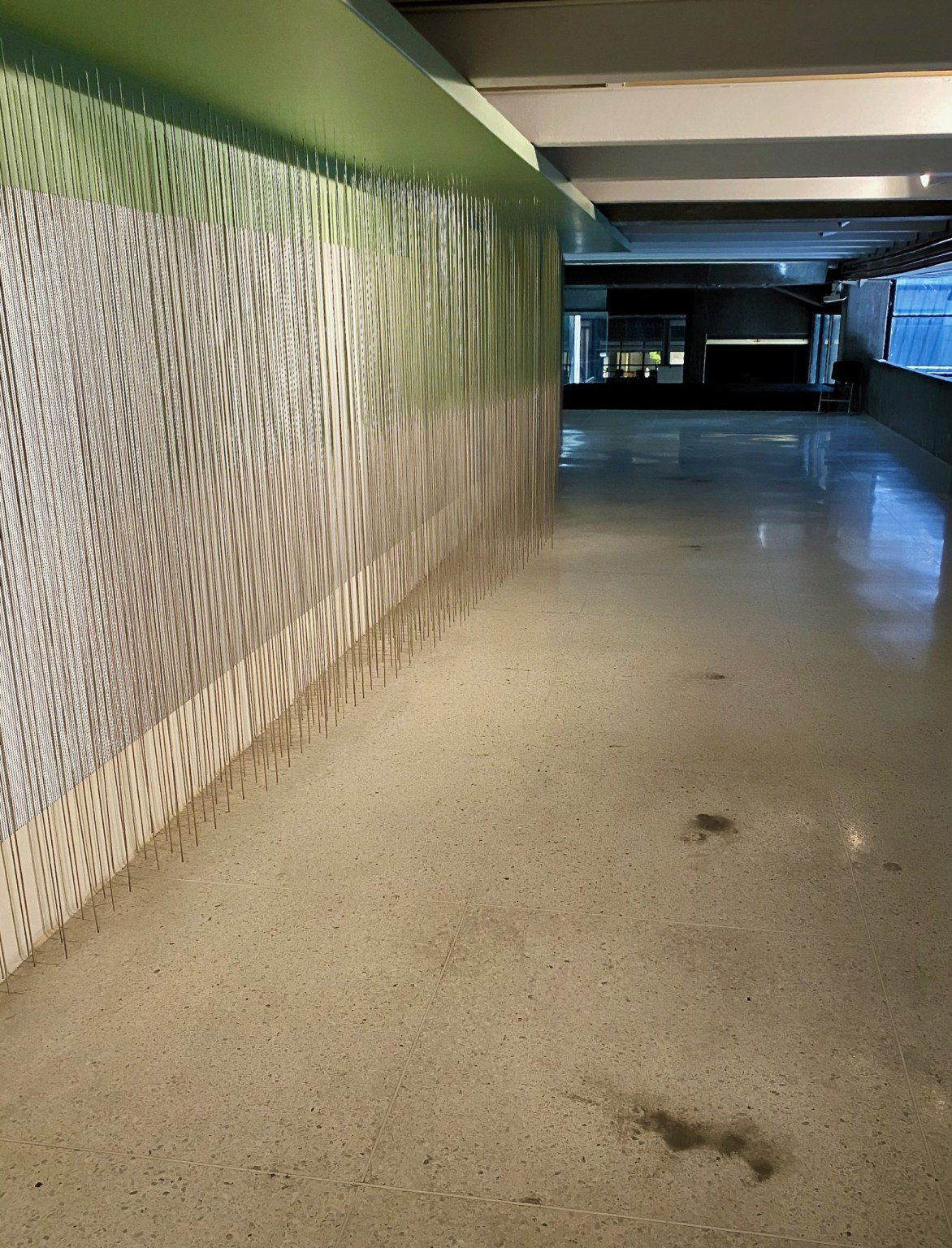
By contrast, Venezuela’s small “cultural centers,” private organizations with a public mission, are the bastion of a national arts field that once became internationally prominent through historic initiatives such as the Proyecto de Integración de las Artes de la Universidad Central de Venezuela and the artistic contributions by Armando Reverón, Jesús Soto, Gego, Alejandro Otero, Elsa Gramcko, Mercedes Pardo, Paolo Gasparini, Carlos Cruz Diez, Los Disidentes, El techo de la ballena, Jacobo Borges, and the occasional talented contemporary artist who with some luck and resilience manages to achieve professional success abroad.
Before closing my elegy to a nation fragmented by the dual tragedies of migration and exile, with six million citizens who have fled the country after 23 years of poverty and repression, I should mention something else. In addition to the few surviving spaces of resistance in Caracas, where gasoline is rationed and hunger has reached inhumane levels, there exists an important trove of patrimonial artworks that require a level of care consistent with their value. They belong to the Venezuelan nation just as much as any oil assets of Petróleos de Venezuela. Citizens deserve to know where and in what conditions these works find themselves in the Caracas Museum of Contemporary Art, now that they have definitively stopped circulating, and who is responsible for their custody and integrity.